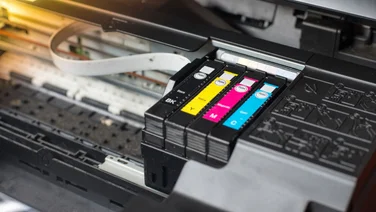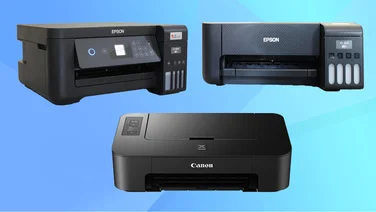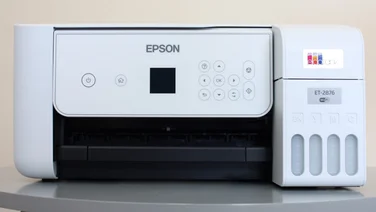To help us provide you with free impartial advice, we may earn a commission if you buy through links on our site. Learn more
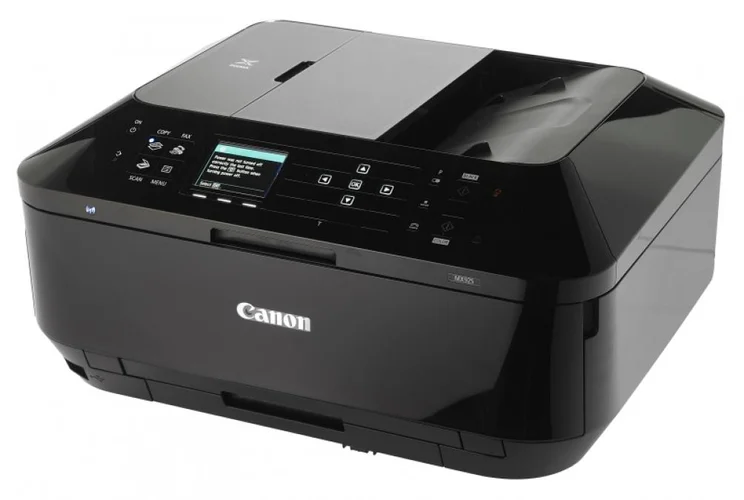

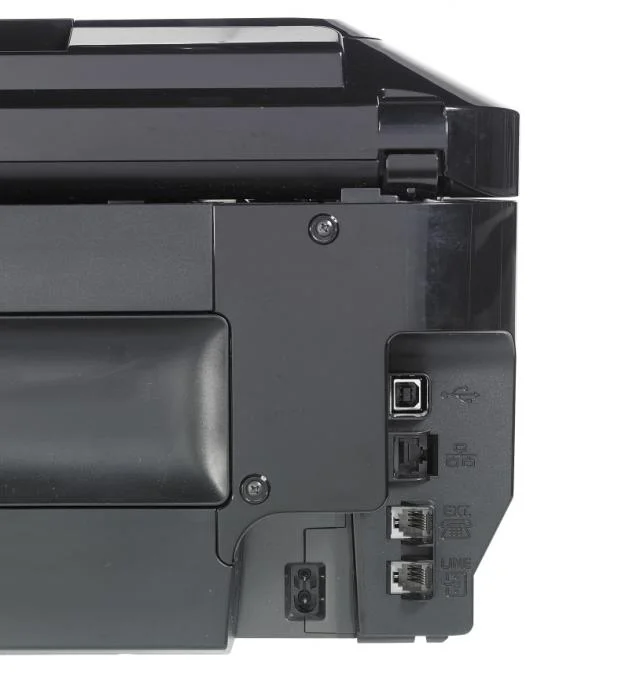
The Canon Pixma MX925 is a slightly chunky inkjet MFP with a glossy black exterior, fax capabilities, duplex printing and a 35-page duplex automatic document feeder (ADF). It takes five separate ink cartridges: dye-based black, cyan, magenta and yellow inks used for colour documents and photo printing, plus a pigmented black ink for sharp document printing. Extra-large ink cartridges are available, too. A 250-sheet paper tray means you can keep printing for quite a while before having to refill it, and there’s a sheet feed for thicker media, a CD printing tray and a separate paper tray for photo paper of up to 5x7in in size.

The printer has a bank of controls at the front that make it easy to use most of its features without ever connecting it to a PC. A bright 7.5cm colour screen helps you navigate through the various functions. Instead of the the touchscreen or dial-button controls seen on some previous models in the Pixma MX range, there’s a 4×4 keypad to the right of the screen. When the printer is switched off, the keypad’s buttons are all blank, but illuminated icons appear on the keys when the printer is in use. Both the icons and the keys’ functions change depending on which of the MFP’s features you are using. While going through the settings menus, for example, they’re navigation arrows, but if you’re using the MX925’s fax, they turn into a number pad.
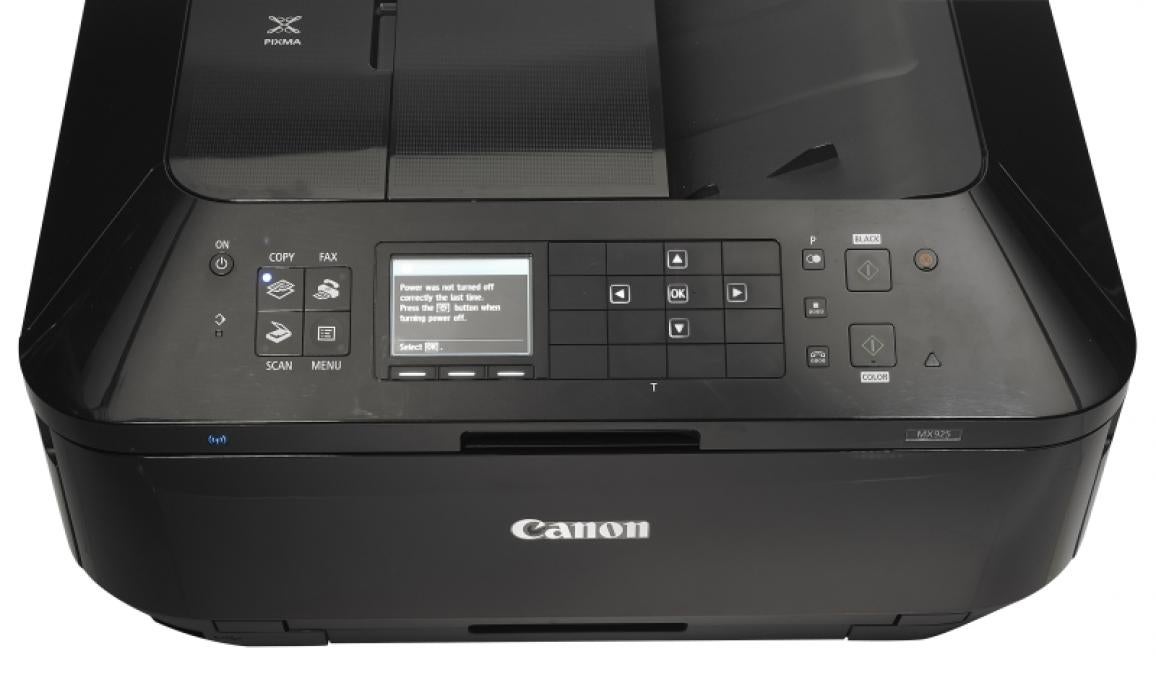
The MFP’s WLAN setup option made it easy to connect the printer to our wireless network. You can also connect it to your network over Ethernet or, as usual, directly to a PC via USB. The wireless setup screen can detect if a router within range supports Wireless Protected Setup (WPS), which allows you to pair the MFP with your router just by pressing two buttons. If that’s not a feature your router supports, you can just select your network’s SSID and enter the password by using the navigation keys to select characters from a letter grid.
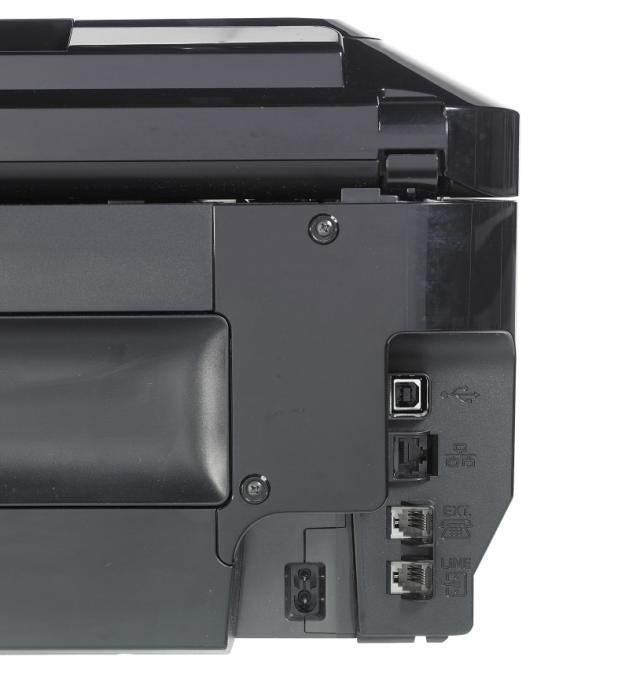
As well as drivers, the accompanying software CD contains Canon’s oddly-named My Image Garden software. This gives you easy access to the MX925’s printing and scanning features, allows you to create password-protected PDFs and scan to cloud services including Dropbox and Evernote. Although My Image Garden has some useful features, such as a calendar showing your images by date, it’s also ugly and badly designed. More happily, the MX925 also supports Google Cloud Print, to let you print from many different devices over the internet, and Canon’s Pixma Printing Solutions app makes it easy to send the printer documents from an iOS or Android mobile phone or tablet on the same network.
We’ve no criticism of Canon’s excellent scanner interface. If you want scanning to be as easy as possible, the default Basic Mode asks you for a bit of information about what kind of material you’re scanning and at what size you’d like to print or display the final image. The software then uses this information to work out what resolution and settings to apply to your scan. If, on the other hand, you want complete control over your scanned image, Advanced Mode lets you enable, disable and adjust features such as sharpening, grain correction, saturation and brightness. In both advanced and basic modes, the interface can detect when you’re scanning a photo or multiple photos. Its thumbnail view displays each photo separately and will automatically crop them to the right size.
Scan quality is very good indeed, with accurate reproduction of even subtle shades and precise reproduction of fine detail. With a maximum optical scan resolution of 2,400×4,800, this CIS scanner is good enough for making archive-quality reproductions of favourite images and important family documents. Copy quality is also good, with sharp text and accurately shaded image reproduction, even on the mono parts of a densely coloured illustration.
The MFP’s print quality is also excellent. Its print speeds aren’t fantastic compared to high-speed business inkjet or laser printers, but they’re decent for home or home office use, particularly if you don’t usually print loads of huge documents. Colour prints emerged at a consistent 3.5ppm, while mono prints took 11.5ppm. If you print text at draft quality, you’ll only get a boost to 11.8ppm, so it’s not worth it, even though this MFP’s draft text is better than many inkjet printers’ full-quality attempts. There’s no card reader here, but you can plug one into the USB port if required.
Text prints were incredibly sharp, while our challenging illustrated business documents looked brilliant, with smooth, accurate colours, excellent shading and fine reproduction of even 8pt lettering. Photo quality is, as we’ve come to expect from Canon printers with four or more dye-based cartridges, excellent, with natural colours, good contrast and rich, deep black tones. At top quality, 6x4in photo prints take just over a minute each to emerge.
Print costs based on Canon’s XXL ink cartridges are surprisingly cheap, working out at 1.9p for a mono page and 7.3p for a page of mixed colour, and the printer itself only costs £113. It’s not the fastest printer around, but it’s quick enough. We certainly can’t fault its print quality, making it a great buy for a home or small office.



